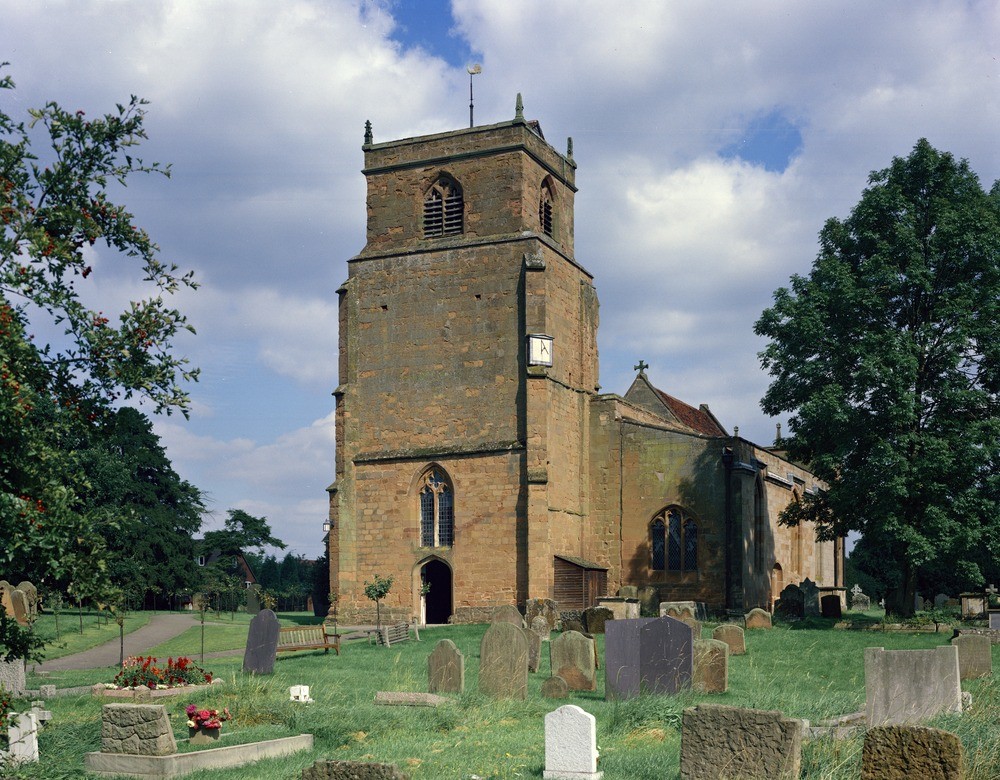| P number: | P212280 |
|---|---|
| Old photograph number: | A13104 |
| Caption: | St. Mary's Church, Stoneleigh, Warwickshire. |
| Description: | The Norman church at Stoneleigh is constructed entirely of ashlared red sandstone quarried locally from the Kenilworth Sandstone Formation of Upper Carboniferous age. Red sandstones, which are more normally associated with the Permo-Triassic succession, only occur in the Carboniferous succession in the Midlands area. Stoneleigh Church is constructed from Upper Carboniferous red sandstone reportedly quarried in the Kenilworth Sandstone Formation at nearby Motslow Hill. The use of local building stones is a characteristic feature of most older parish churches as they could not generally afford to import higher-quality building stones. The uppermost part of the Carboniferous succession in the Midlands of England is characterized by a succession of red sandstones and mudstones which can be difficult to distinguish from the more typical red-bed successions of the overlying Permian and Triassic. Locally the red sandstones from this Carboniferous succession have been frequently used for building purposes though they are not generally seen outside their local outcrop area. |
| Date taken: | Sun Jan 01 00:00:00 GMT 1978 |
| Photographer: | Collins, R.E. |
| Copyright statement: | NERC |
| X longitude/easting: | 433000 |
| Y latitude/northing: | 273570 |
| Coordinate reference system, ESPG code: | 27700 (OSGB 1936 / British National Grid) |
| Orientation: | Landscape |
| Size: | 306.67 KB; 1000 x 780 pixels; 85 x 66 mm (print at 300 DPI); 265 x 206 mm (screen at 96 DPI); |
| Average Rating: | Not yet rated |
| Categories: | Unsorted Images, Geoscience subjects/ Economic geology/ Building stones |
Reviews
There is currently no feedback

